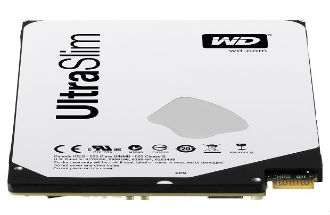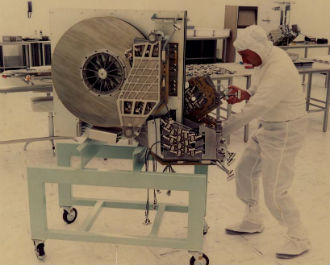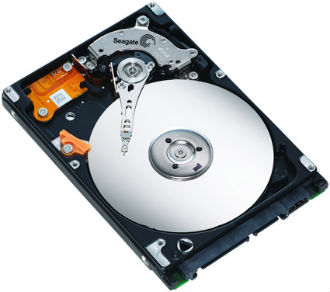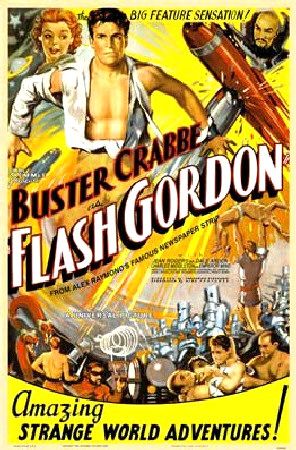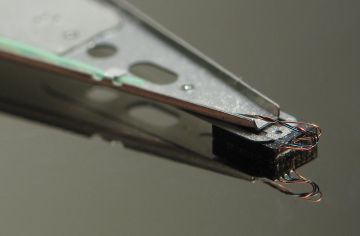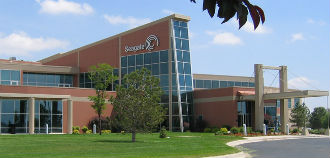 Seagate has announced a few changes in its sales and marketing team, most of which are centred on EMEA. The company said it reshuffled the team to address growth opportunities in cloud, SSD and branded storage markets.
Seagate has announced a few changes in its sales and marketing team, most of which are centred on EMEA. The company said it reshuffled the team to address growth opportunities in cloud, SSD and branded storage markets.
Mark Whitby, Seagate’s vice president of EMEA Sales & Marketing and Global Channel Sales, said the changes will ensure that Seagate positions itself to address evolving market opportunities.
“The storage market is both growing and changing rapidly, and the changes we have made to our senior management team are intended to keep Seagate in the forefront of that market,” he said. “In particular, we want to take full advantage of the huge potential we see in areas such as cloud computing, solid state drives and in the market for branded storage solutions.”
In his expanded role as Vice President of EMEA Sales & Marketing and Global Channel Sales, Mark Whitby has now been charged responsibility for the company’s global distribution channel sales, developing and leading strategy and delivery of the business worldwide.
Joe Fagan is being appointed Senior Director of Cloud Initiatives, EMEA. In this newly created position he will be responsible for shaping Seagate’s Cloud strategy and engagement in the region.
Dimitri Galle has been appointed Senior Director of Sales and Marketing, Branded Products, EMEA. In his new position he will be responsible for sales and marketing of all Seagate-branded retail products across the region.
Bernd Breinbauer has been appointed to the newly created role of Director of EMEA SSD Sales with responsibility for developing sales of the company’s comprehensive solid state drive portfolio across the region. Seagate entered the highly competitive SSD market just a few weeks ago and Breinbauer obviously has a lot of work ahead.

